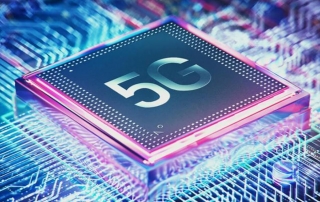There are three most important methods to make a smartwatch last more than a day. Health watches with weeks-long battery life have the simplest technique: use a wimpy, environment friendly CPU that sticks to well being information and notifications. The opposite two options for longer smartwatch battery life include drawbacks and compromises, and I am undecided that’ll ever change.
Smartwatch makers know we’re sick of recharging our watches each day. They’ve sped up charging instances lately so you’ll be able to prime them off shortly earlier than or after mattress, making it simpler to sleep with a watch. For a lot of, that stopgap measure is not sufficient, they usually swap to “dumber” watches from Garmin or Fitbit to keep away from the effort.
Apple would not make its Sequence watches final 18 hours 12 months after 12 months for kicks. It will probably’t take a 12 months off from including new, battery-guzzling options or sensors with out client apathy and stockholder panic. Nor can it add additional battery capability with out ruining the design.
Put on OS watches have accomplished higher, to an extent. The Galaxy Watch 6’s 40-hour battery is actually an enchancment — even when it is a 10-hour drop-off from final 12 months — and the 24-hour Pixel Watch 2 does, no less than, make it simpler to choose a constant time to cost it.
The issues come up everytime you attempt to final any longer than that.
Huge batteries solely work for bigger wrists
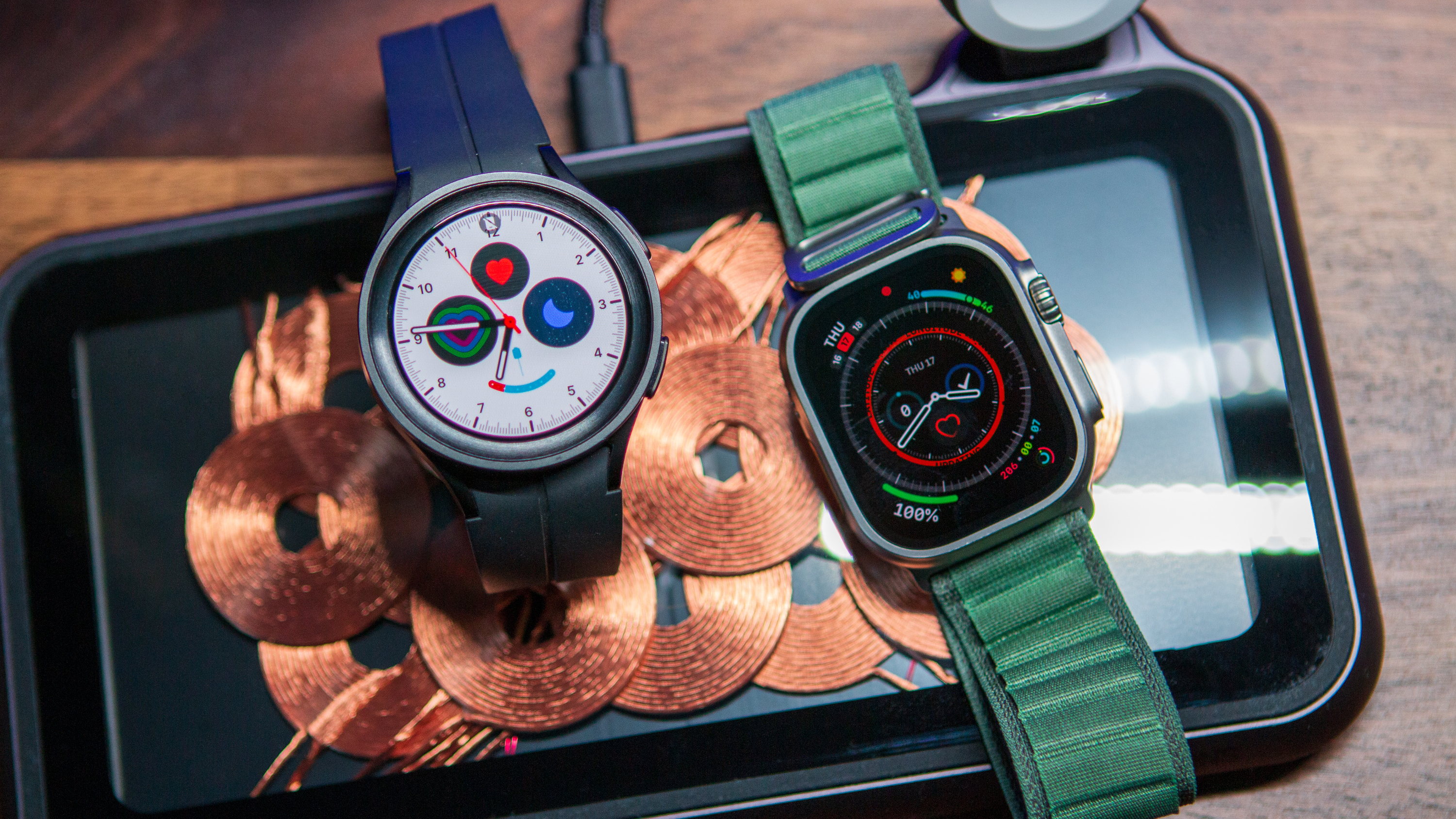
For those who’ve adopted my weekly column, you recognize I choose health watches to conventional smartwatches, primarily for operating metrics and battery life. I do miss the choice of correct wrist apps, although. That is why two of my favourite smartwatches of the final two years are the Samsung Galaxy Watch 5 Professional and the Apple Watch Extremely 2.
The Watch 5 Professional and Extremely 2 hit 80 and 36 hours, respectively, nicely past the norm for smartwatches. Equally necessary for my functions, they’re imagined to final 20 or 12 hours whereas monitoring your GPS location for exercises — in the identical ballpark as a Garmin watch. We have additionally heard that Samsung will deliver again the Galaxy Watch 7 Professional with a barely bigger battery.
Other than costing an arm and a leg, what is the draw back to those watches? When you issue within the watch band, each smartwatch flagships weigh about 2.5–3oz, greater than double the burden of your typical health tracker.
Common smartwatches hold steadily gaining weight, even when it is often solely a gram per 12 months, just like the Galaxy Watch 4 (26g) versus the Watch 6 (29g). They hold squeezing in additional elements and battery capability, like refined weight coaching for our wrists. However to double your battery life, you additionally must double the burden.
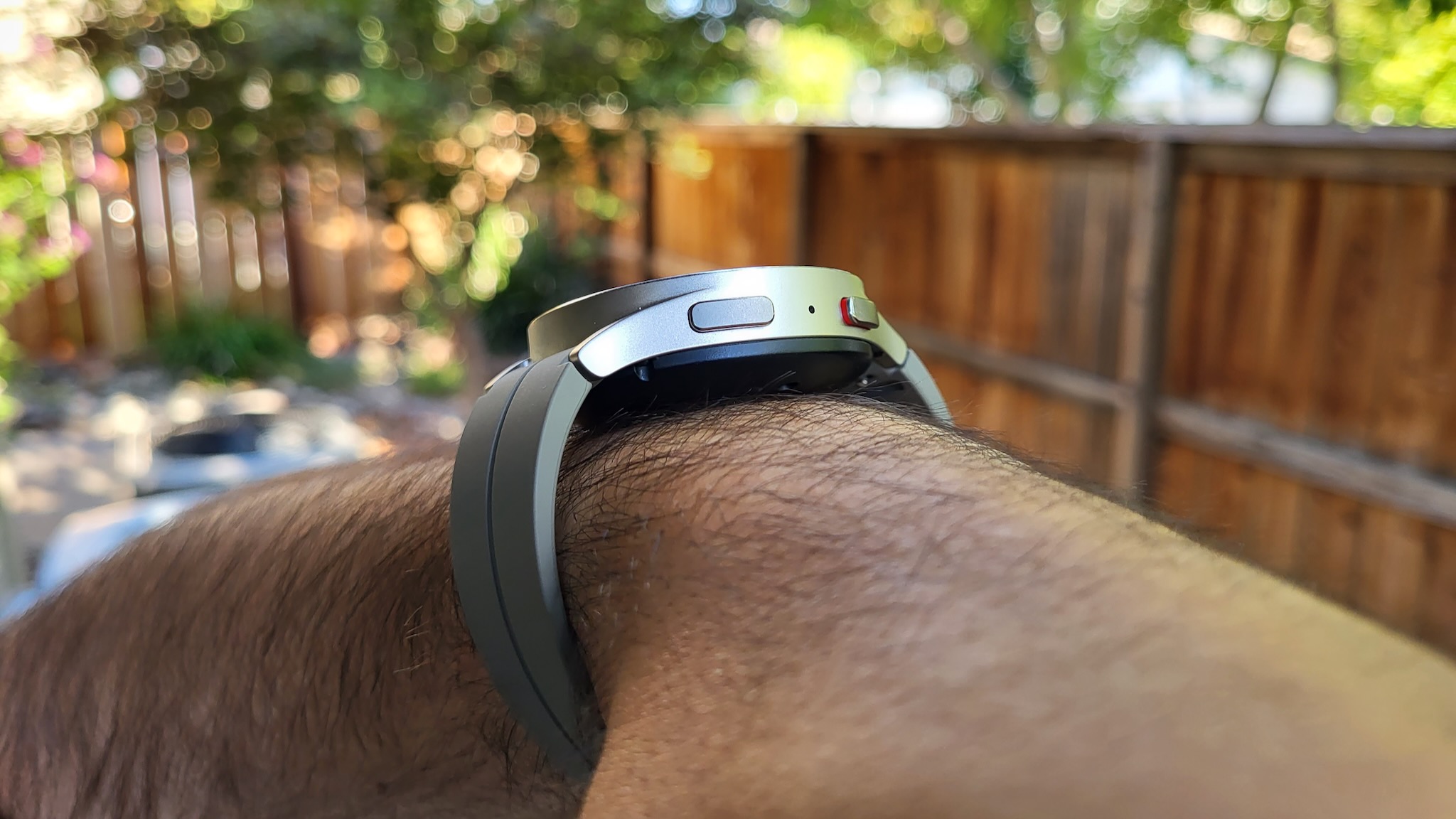
Tech manufacturers know that their audience — keen tech followers who learn websites like ours and all the time want the newest flagship mannequin, plus credulous journalists getting $800 watches at no cost — will settle for carrying a large chunk of steel on their wrists for additional battery life. When folks complain that their mainline watches die shortly, Apple and Samsung can level to their well-reviewed premium watches and name you a “energy consumer” who ought to spend extra.
Once more, I really like that these watches lastly “solved” smartwatches’ core flaw for me. However some folks cannot afford that answer, and others haven’t got sufficient wrists to put on the answer. And as long as these high-end fashions exist, smartwatch manufacturers have little incentive to make the cheaper fashions extra environment friendly. Packing in flashy new options is the upper precedence.
The OnePlus Watch 2 solves this downside… with tradeoffs
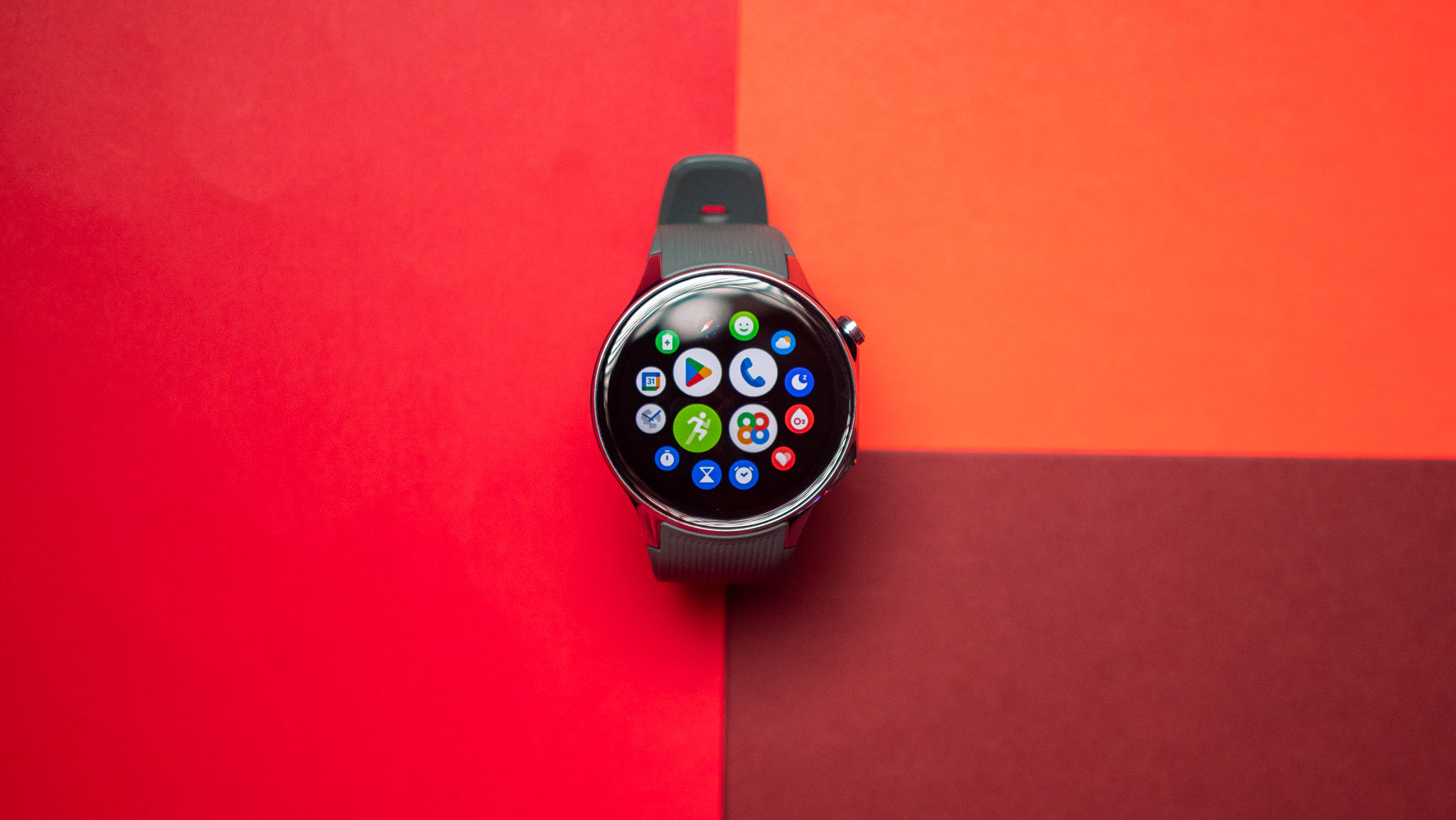
The OnePlus Watch 2 blew us away when it first launched, persistently lasting 4 days per cost. The extra we used it, nonetheless, the extra we realized that the longer battery life got here with critical tradeoffs.
OnePlus credited its longevity to a dual-processor design: the 4nm Snapdragon W5 chip handles the heavy-duty app duties, whereas its 12nm BES2700 co-processor handles “background duties” like notifications and well being information through the light-weight RTOS. Google and OnePlus labored collectively to make this technique work, calling it the Put on OS Hybrid Interface.
It sounds nice in concept, however in observe, two AC reviewers discovered that it undercounts steps by 1000’s throughout a busy day, claims you are standing whenever you’re sitting, overreports stress on calm days, and may’t correctly observe larger anaerobic coronary heart charges throughout exercises. It additionally didn’t ship notifications, typically.
These points stem instantly from OnePlus’ hybrid OS system. Its co-processor struggles to pattern your well being information shortly sufficient, both by design to save lots of battery life or attributable to its clock limitations. Both method, it undercuts one of many most important causes to put on a smartwatch.
OnePlus additionally saves battery life by utilizing Google’s particular XML Watch Face Format, which saves battery life. The one downside is that our reviewer discovered the watch faces boring, and when he tried putting in a customized one with Facer, it minimize his watch’s battery life from 4 days to one.
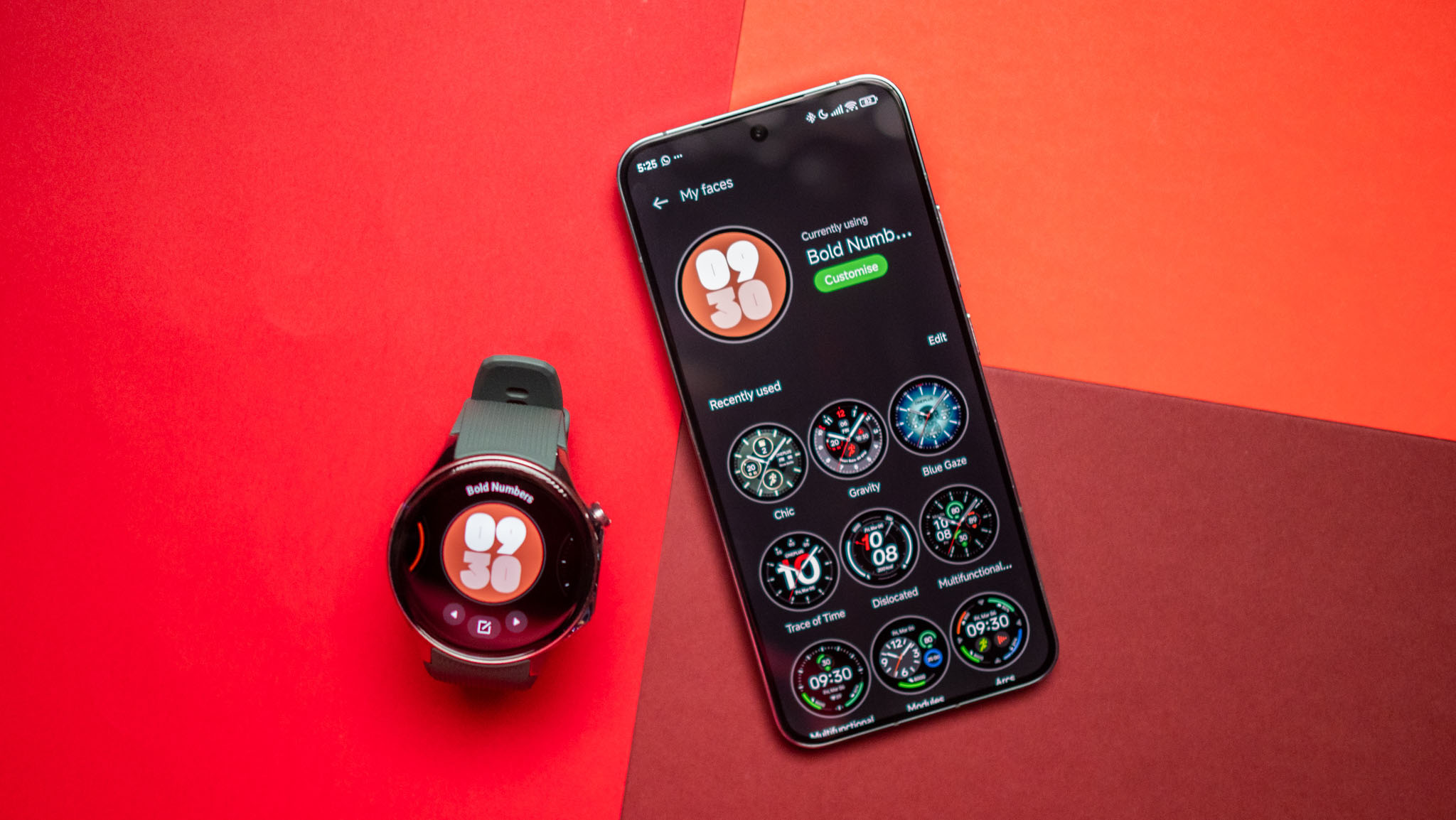
OnePlus is comparatively new to the smartwatch recreation, and different manufacturers like Google or Apple may deal with hybrid programs higher. Relegating background duties to a extra environment friendly chip might be the one method that smartwatches might last more.
I merely cannot take it without any consideration that the compromises of a hybrid system will not outweigh the advantages. Most smartwatches have already got a power-saving mode, and a hybrid mode looks like a rebranding of that very same precept: disabling battery-guzzling options and slowing the sampling fee to your coronary heart fee or location. And I do not see a lot level in carrying a heavy smartwatch when you’re not going to make use of its smarts.
If smartwatches of the long run can observe dozens of well being metrics within the background utilizing a low-powered chip whereas extending battery life, that’d be incredible! However I am skeptical that tech manufacturers can pull it off with out making your information too inconsistent to be dependable; let’s hope I am confirmed incorrect.
Smartwatch AI in all probability will not change something
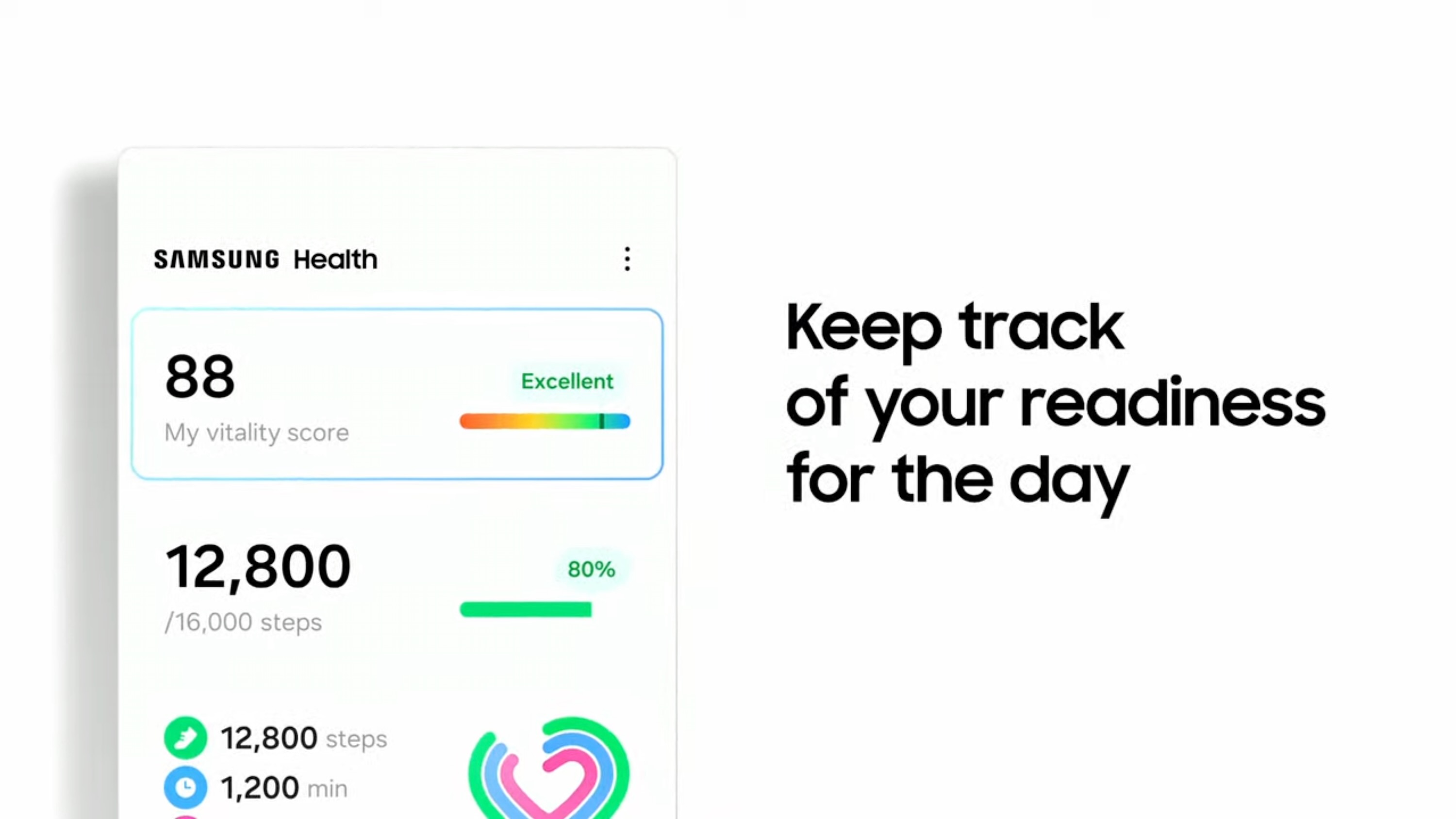
That is the 12 months of AI, no less than on smartphones. What this implies for smartwatches and their battery life is not sure but.
With Gemini primarily changing Google Assistant on Android telephones, it looks like solely a matter of time till these similar manufacturers attempt to get Gemini and different AI options on Android watches. In fact, most AI variations right now depend on cloud-based computing, and pulling information from wi-fi drains a watch’s battery fairly shortly.
Different AI options will work within the again finish. We all know that Samsung plans to introduce a “Vitality Rating” this summer season for the Galaxy Watch and Galaxy Ring, based mostly in your sleep and well being information. And if I’ll depend on this information, I would fairly my watch get essentially the most correct information potential, not verify in at random intervals to save lots of battery.
Finally, my guess is that smartwatch chips will begin turning into increasingly more like cellphone chips, with a number of cores and processors and AI-focused NPUs all chugging alongside in your wrist, including increasingly more options over time. We’ll see what sort of influence that has on smartwatch battery life, however I believe breaking even is about all we will hope for.

